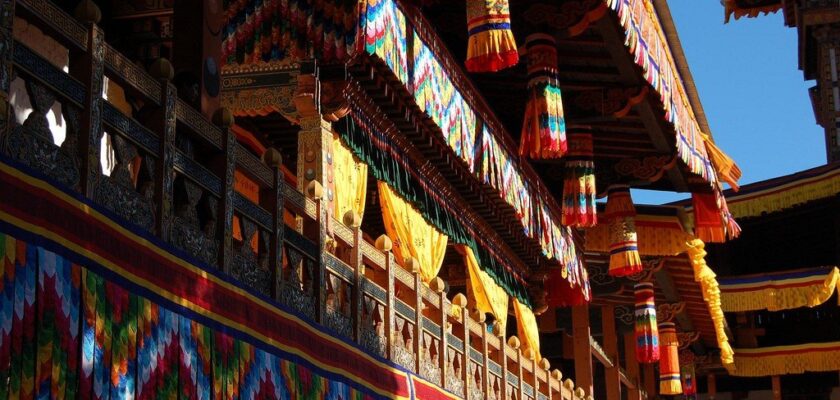Punakha Dzong Monastery (Pungtang Dechen Photrang Dzong)
Punakha Dzong is a fortress-monastery and the main building of the Bhutanese city of Punakha. The name of the architectural structure means “palace of great happiness”. The Buddhist abode was founded in 1637. In winter it is sheltered from prying eyes by snows, and in summer – by river floods, so it looks like an impregnable fortress. Throughout Bhutan’s history, no one has been able to conquer Punakha Dzong. More than once, sheltering behind the walls of the citadel, Bhutanese have defied enemies.
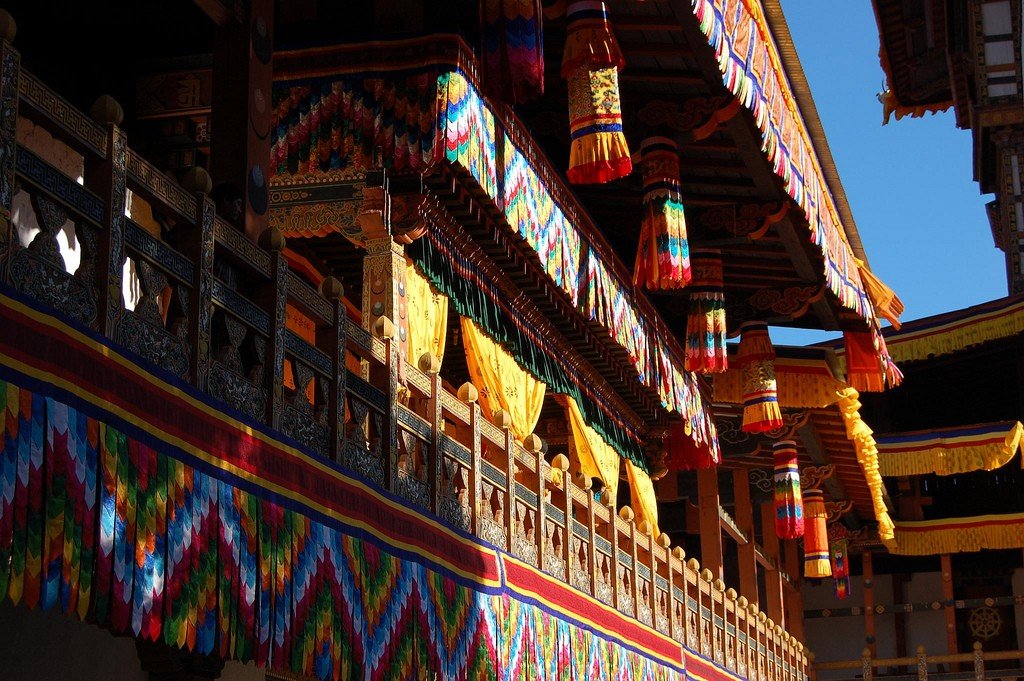
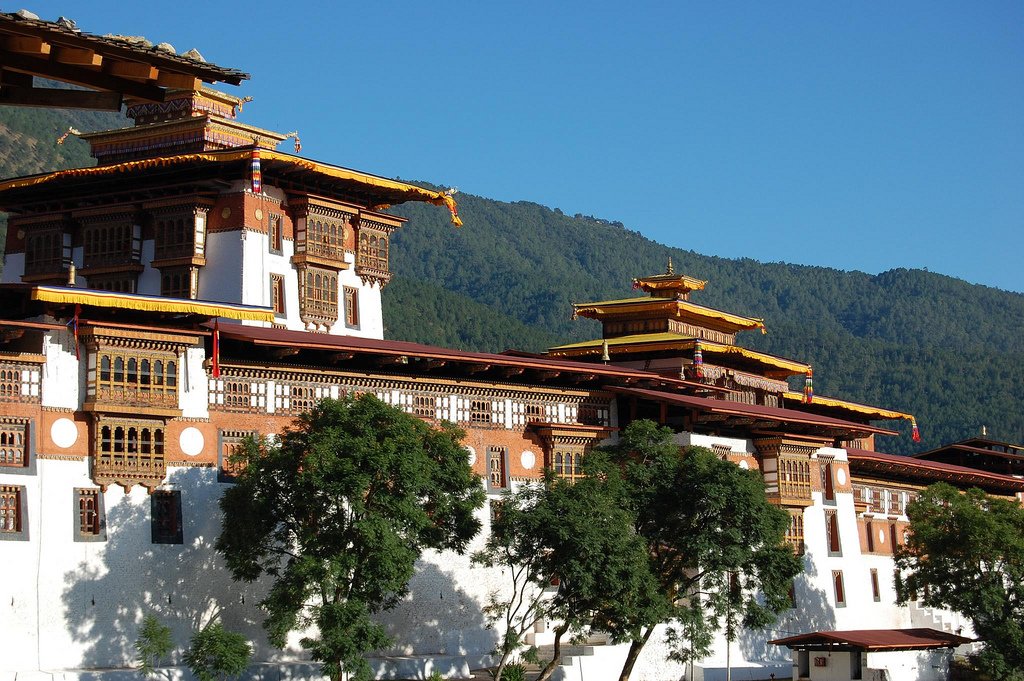
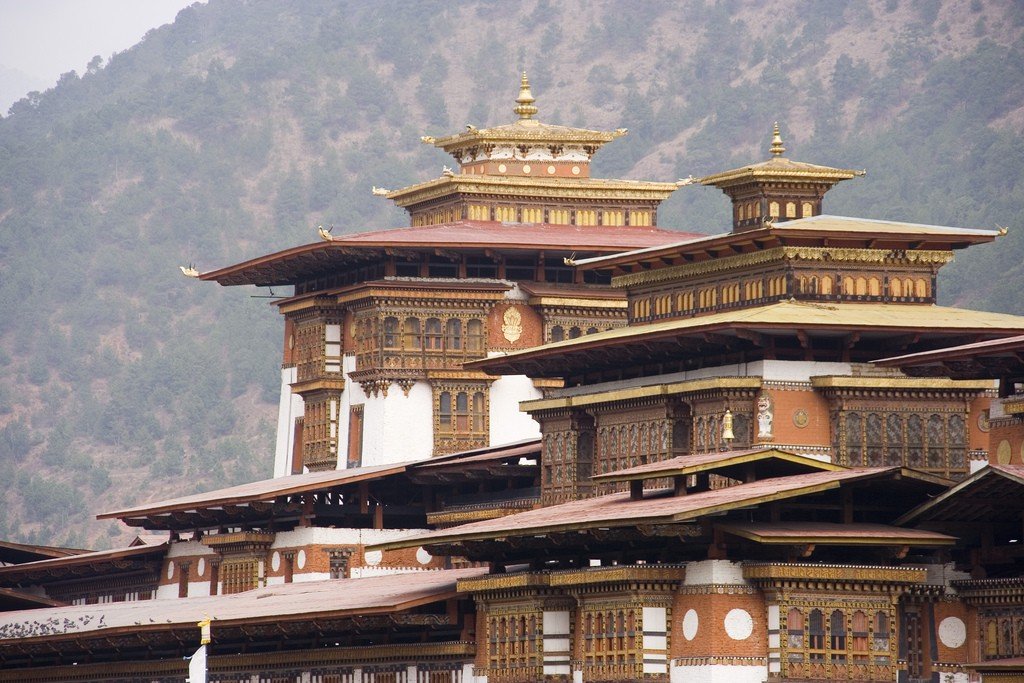
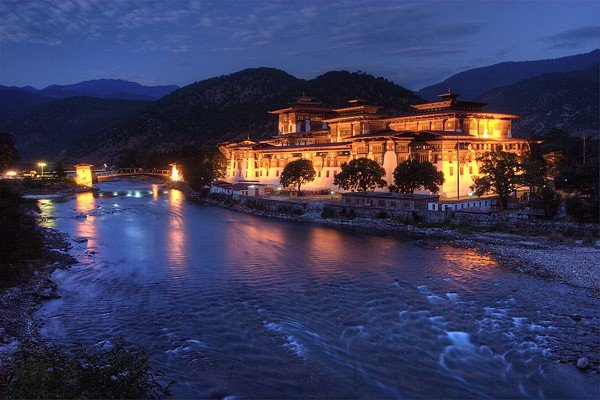
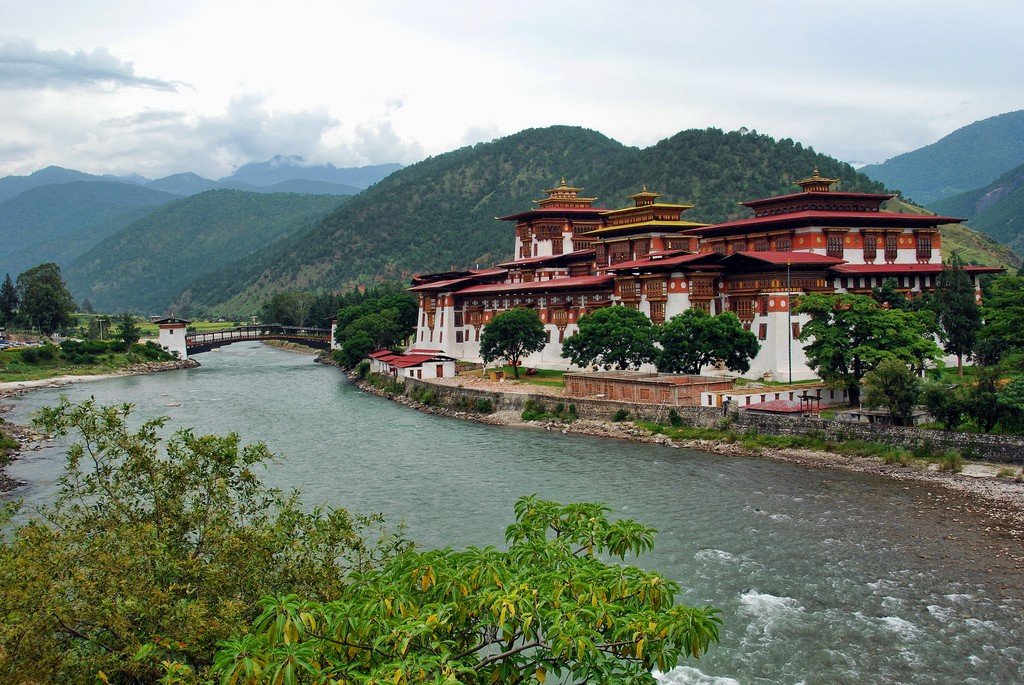
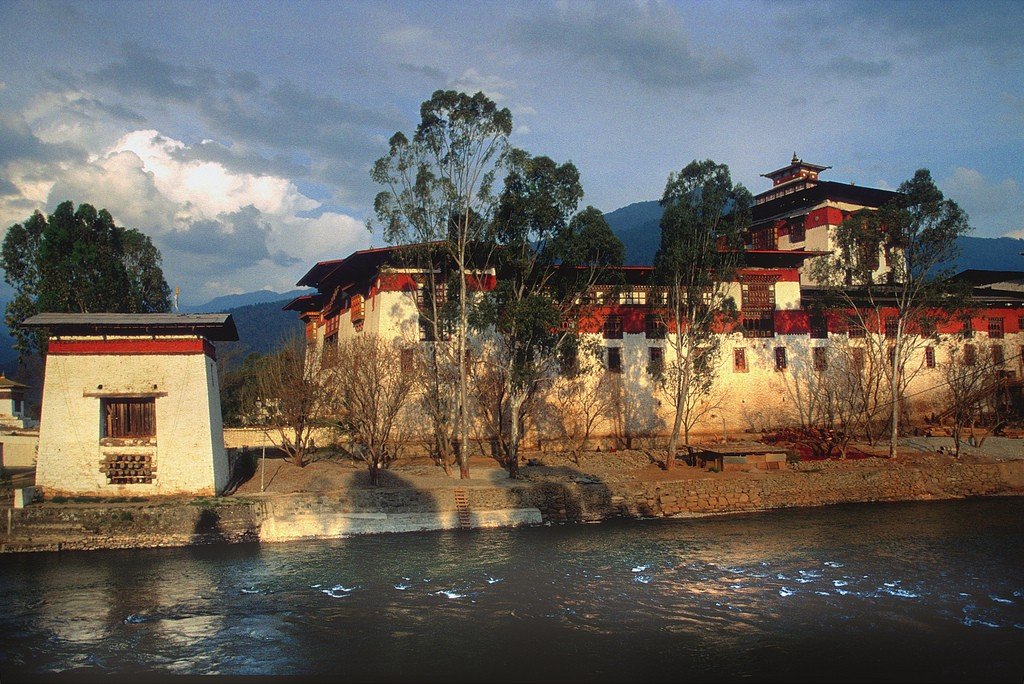
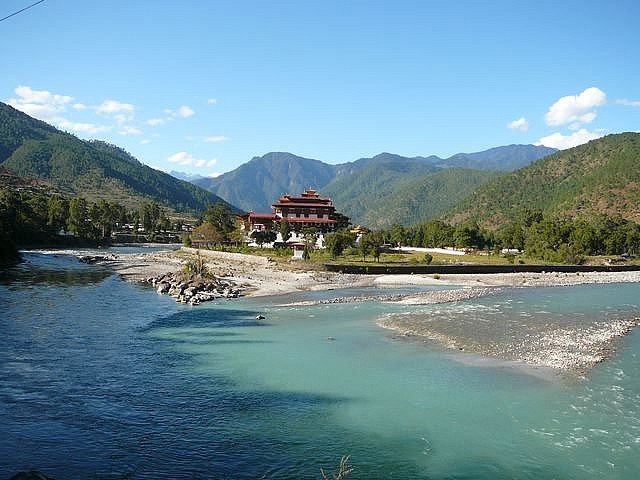
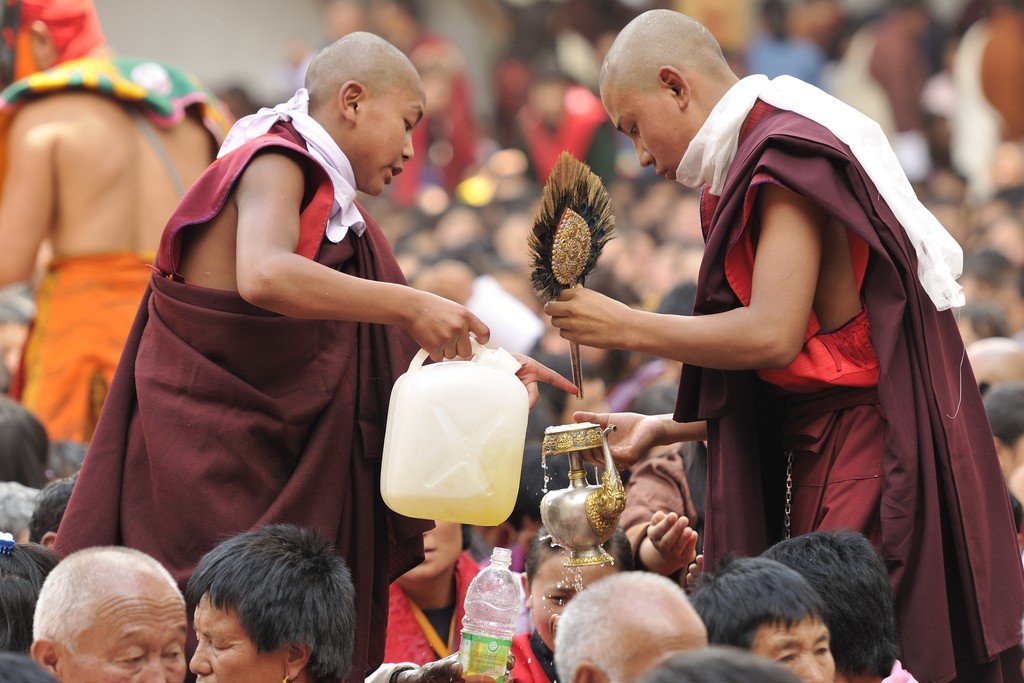
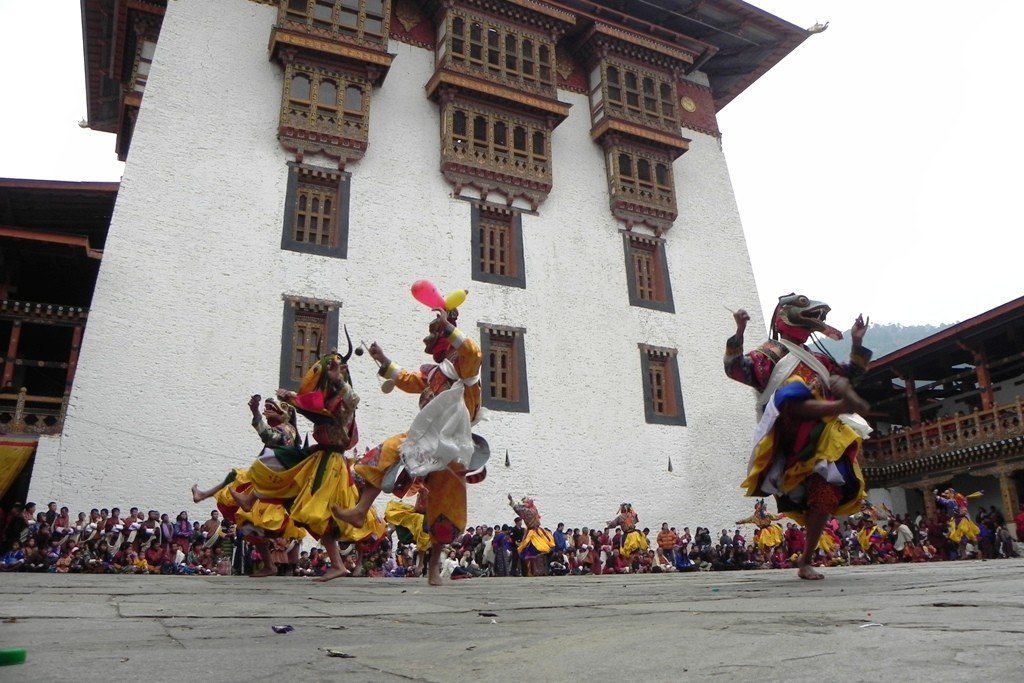
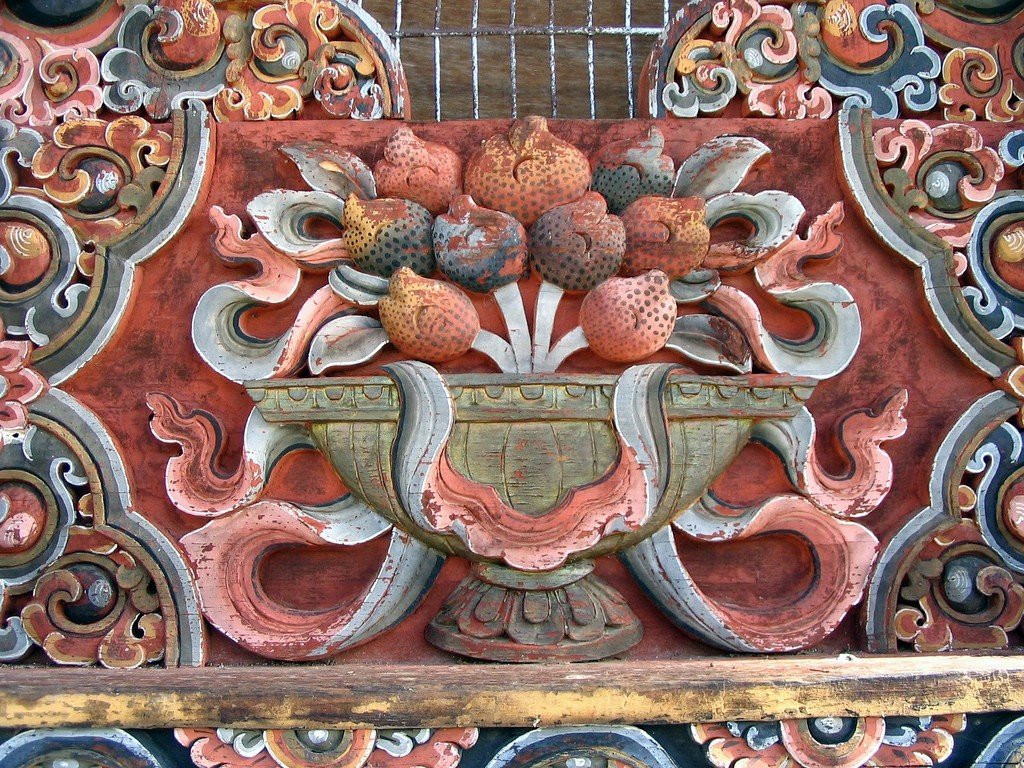
Video: Punakha Dzong
ContentsHighlights
Punakha Dzong is built in a very scenic location, 1200 meters above sea level, and is very popular with travelers to Bhutan. One can visit the place during the summer months.
For three hundred years, the ancient town of Punakha served as the capital of the hill state and was the winter residence of the King of Bhutan. The place where the monastery is built has a warmer and milder climate than the capital Thimphu, so the head of Bhutanese Buddhism and 300 close monks live here during the cold season. These days, Punakha town is one of the twenty administrative centers of Bhutan and is home to the Bhutanese Ministry of Happiness.
.
Early last century, the King of Bhutan was crowned within the walls of Punakha Dzong, and three years later an agreement was signed between Bhutan and Britain that the British would not interfere in Bhutan’s internal affairs.
.The monastery has suffered severe floods several times. In 1987, there was a major fire in the buildings. These days, to minimize the effects of future floods, work is being done to deepen the river channels and elevate the embankments near the monastery.
What to see at Punakha-dzong
Punakha Dzong is 300 meters long and about 20 meters high. From the side, it resembles a huge ship. The monastery stands on a picturesque promontory, near the confluence of two mountain rivers – Mo-Chu and Pho-Chu, whose names translate as “female river” and “male river.”
The first thing that opens the eyes of tourists who come here is the pedestrian Cantilever Bridge over the Mo-Chu River. The first version of this wooden bridge was built in 1637. And the modern bridge was restored, thanks to sponsors from Germany, in 2006-2008.
.Two rows of steep steps lead to the monastery. The entrance to the fortress is a huge gate covered with many metal rivets. On either side of the gate, narrow tunnels are cut into the thick monastery wall, and above them are holes through which the inhabitants of the fortress can watch the river valley.
Punakha-dzong has three inner courtyards or dochas. In the first of these stands a spreading bodhi tree and a large chorten, which according to Buddhist tradition is circumambulated by the faithful. The second doch is surrounded by monks’ dwellings and separated from the third courtyard by a central tower, the yuts.
.
The third courtyard contains the Nag Yul Bum temple belonging to Je Khempo, the head of the Bhutanese Buddhists. It also houses the Machey Lakhang temple and the mausoleum where the founder of the kingdom of Bhutan, Shabdrung Ngawang Namgyal, rests. The ancient monastery serves as a repository of royal relics. In addition, Punakha Dzong houses a large library, the most valuable exhibits of which are 108 volumes of Kanjur Buddhist books written in golden letters.
.Tourist Information
- Punakha Dzong is only allowed to be entered when accompanied by a tourist guide, provided he or she has a tourist services license and special permits to visit the monastery.
- It should be borne in mind that guests of Punakha-dzong are not allowed to tour all the rooms. Only the king, the first monk of this country and two guardian lamas visit the place where sacred Buddhist relics are kept.”
- It is customary to remove shoes before entering temples.
- Photography is allowed within the Punakha Dzong, except inside the Buddhist temples.
How to get there
Punakha Dzong stands next to a highway, 70 km from Bhutan’s capital city of Thimphu. Travelers come here by tour buses or cabs. The road to the monastery is so narrow in some places that two cars can barely separate, so sometimes vehicles stop to let oncoming traffic pass. To avoid a long journey, it is advised to get to the monastery early in the morning.
.